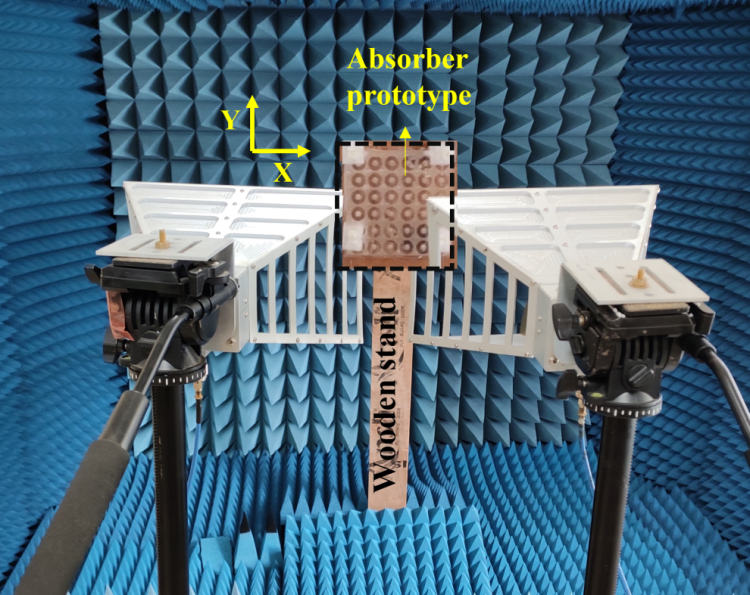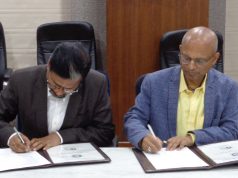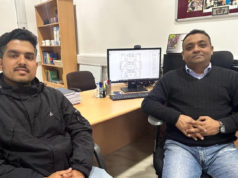Radar-absorbing materials are used to protect communication towers, power plants and military bases from radar detection and prevent enemy forces from targeting these important facilities during the conflict.
Mandi: The Indian Institute of Technology (IIT) Mandi had developed an artificial material that can make stealth vehicles and well as covert establishments less visible to the radar.
The material can absorb a wide range of radar frequencies (signals), irrespective of the direction from which the radar signal hits the target. It can also be used to cover windows or glass panels of stealth vehicles and covert establishments that must be invisible to the radar.
Explaining the research, Dr G Shrikanth Reddy, IIT Mandi, said, “We have developed a technology based on Frequency Selective Surface (FSS) that absorbs a wide range of frequencies used in radar, which makes the surface invisible to radar.”
The proposed design uses an optically transparent ITO-coated PET sheet where the FSS patterns are created on this PET sheet. The FSS pattern on the PET sheet was created with the laser engraving technology, and due to the symmetrical and lossy nature of FSS patterns, the proposed absorber is polarization insensitive and absorbs a wide range of EM wave frequencies with in C, X and Ku Band.
Tests showed that this FSS technology can absorb more than 90 per cent of the radar waves in a wide range of frequencies. The team has performed experimental studies on their design and the results matched well with the theoretical analysis, verifying its effectiveness.

The technology can be used on window or glass panels of stealth vehicles and covert establishments due to its optical transparent nature. The team has already developed a prototype.
Radar-absorbing materials play a crucial role in defence applications as they are used to reduce or eliminate the radar signature of military equipment, such as aircraft, ships, and vehicles. In addition, they can also be used to protect critical infrastructure such as communication towers, power plants and military bases from radar detection. This can prevent non-friendly entities from targeting important facilities during the conflict.











